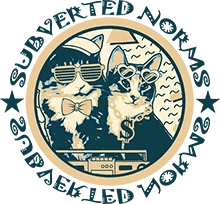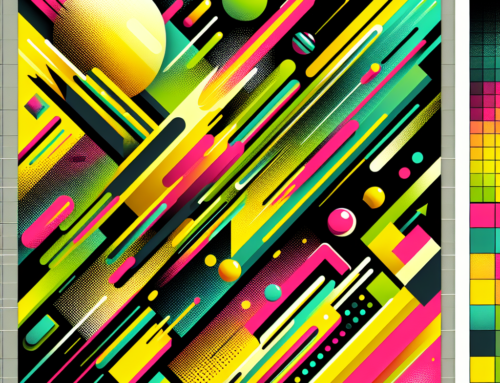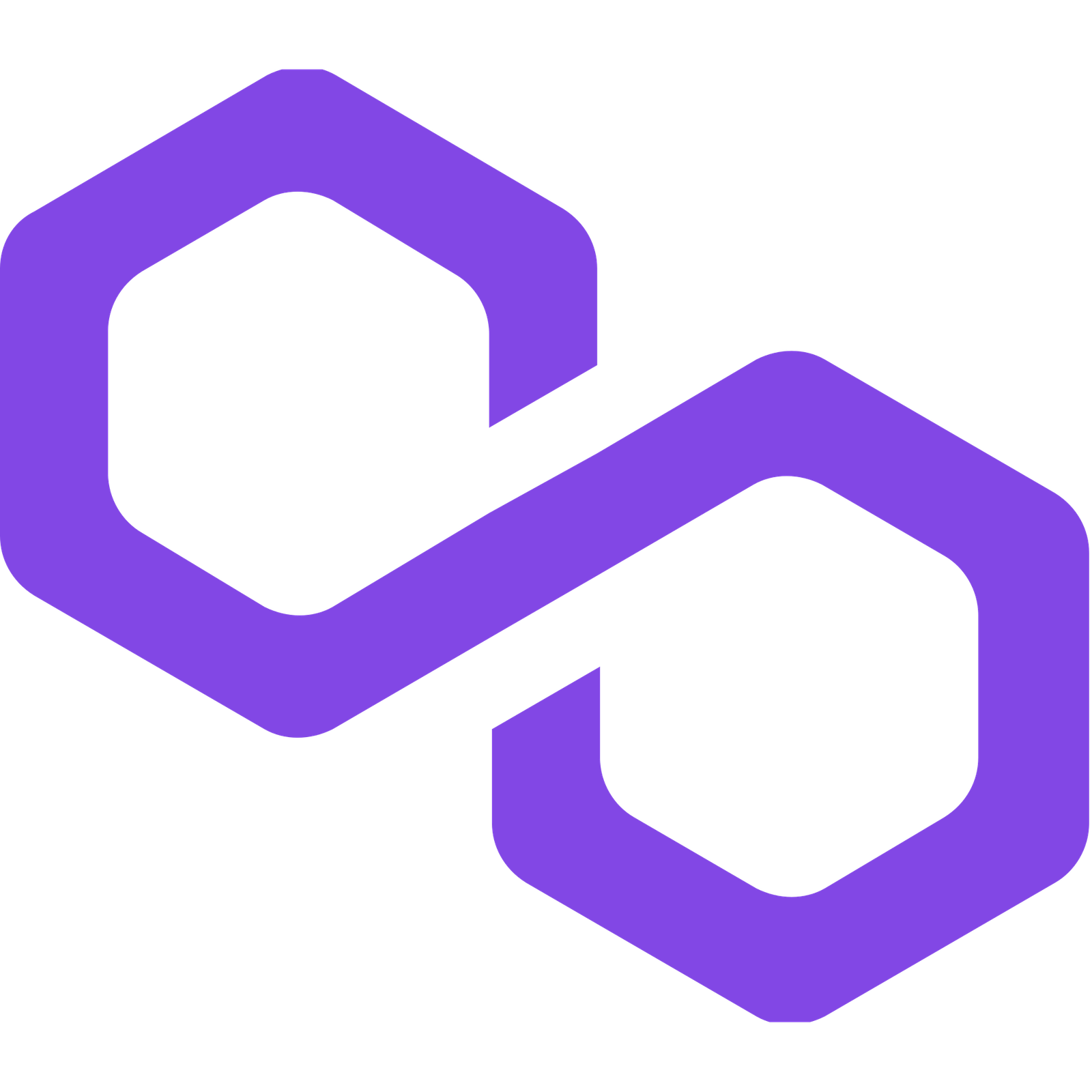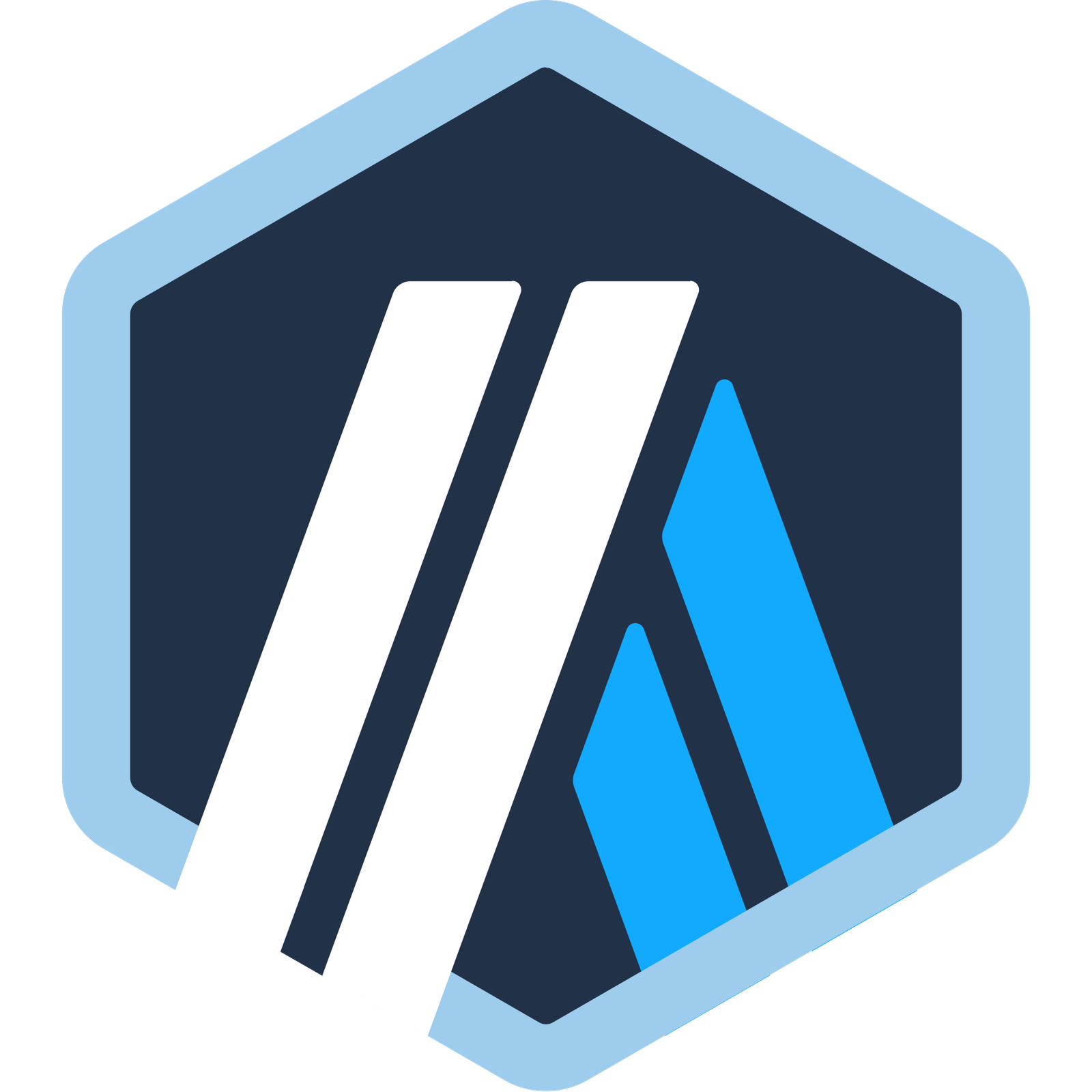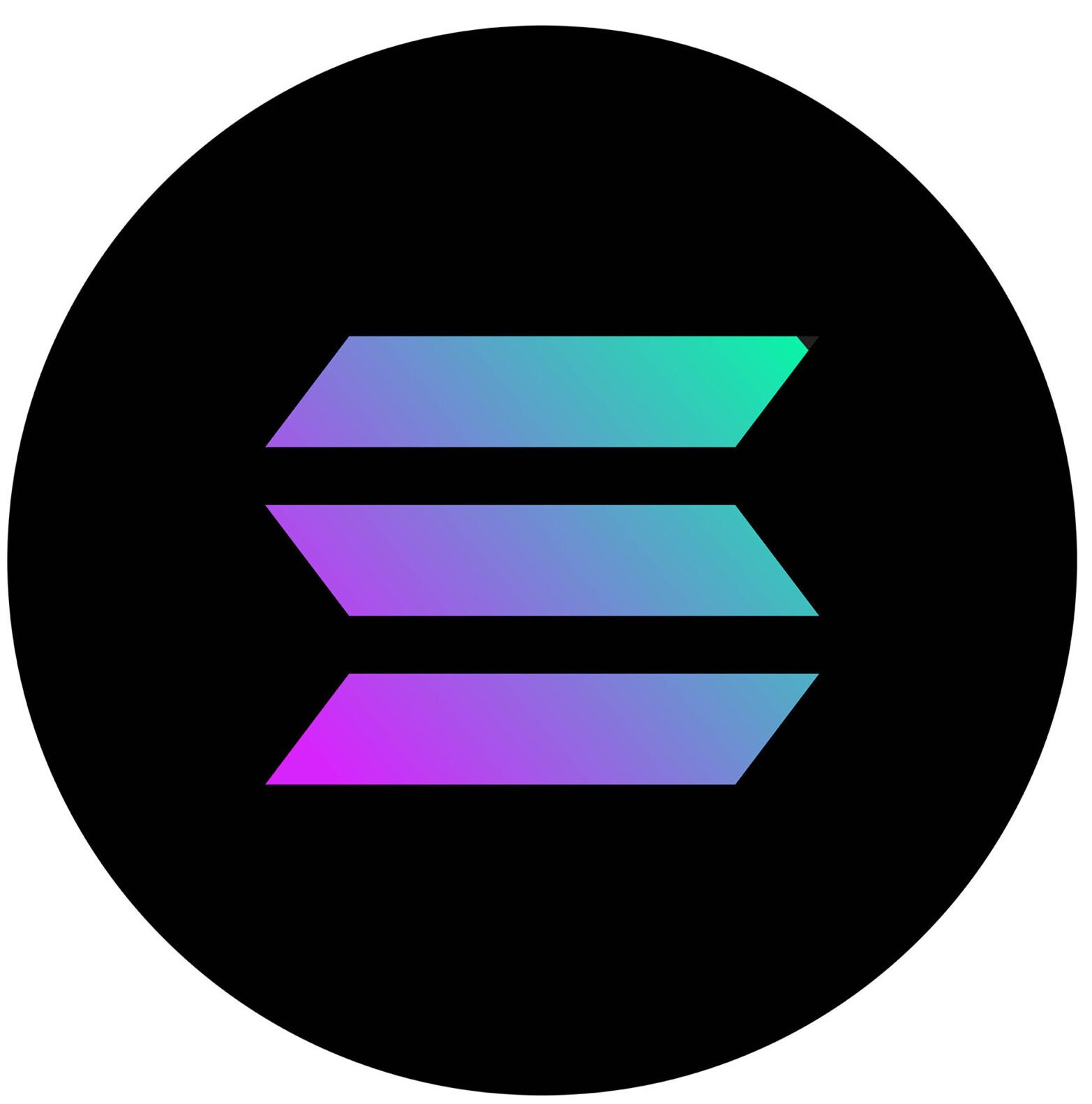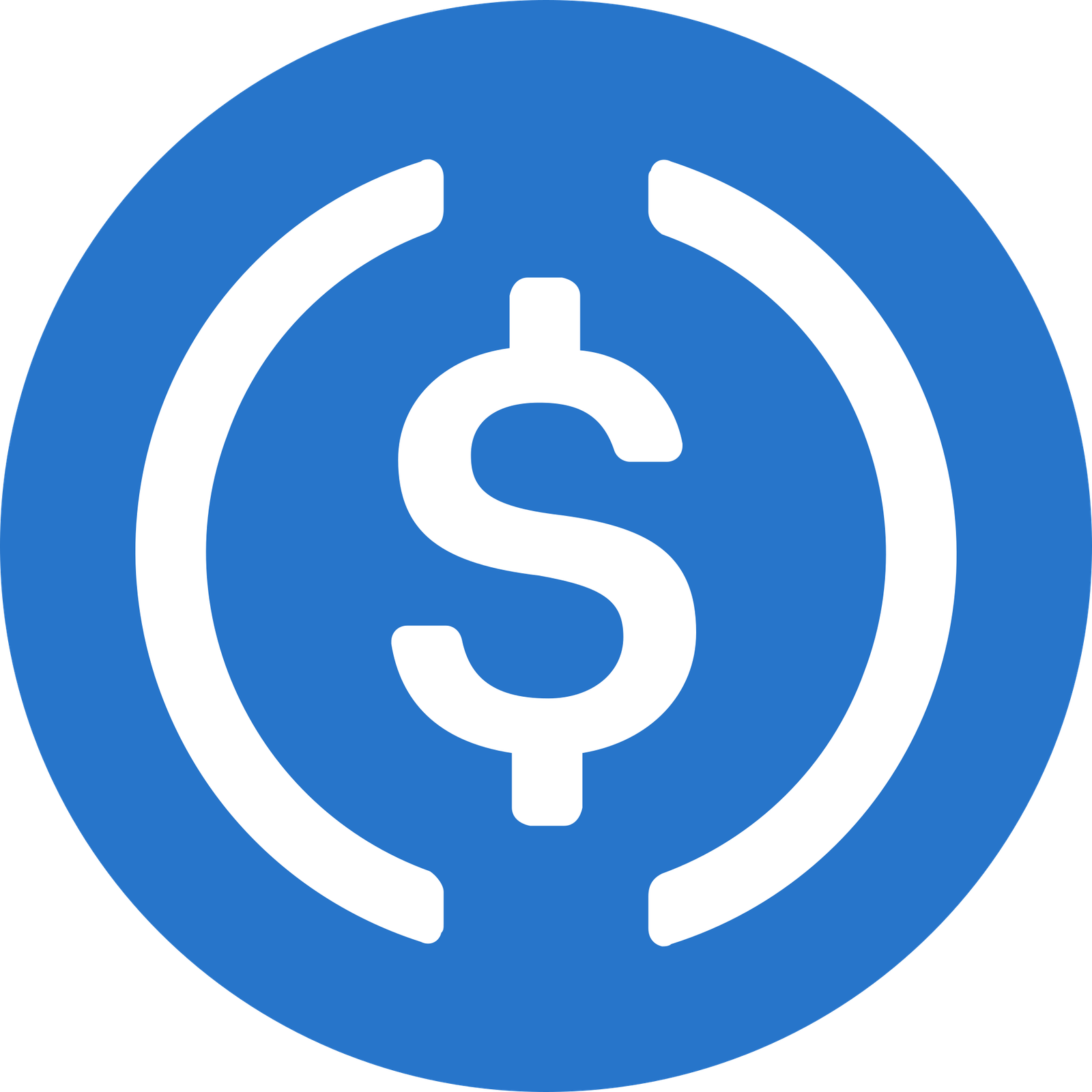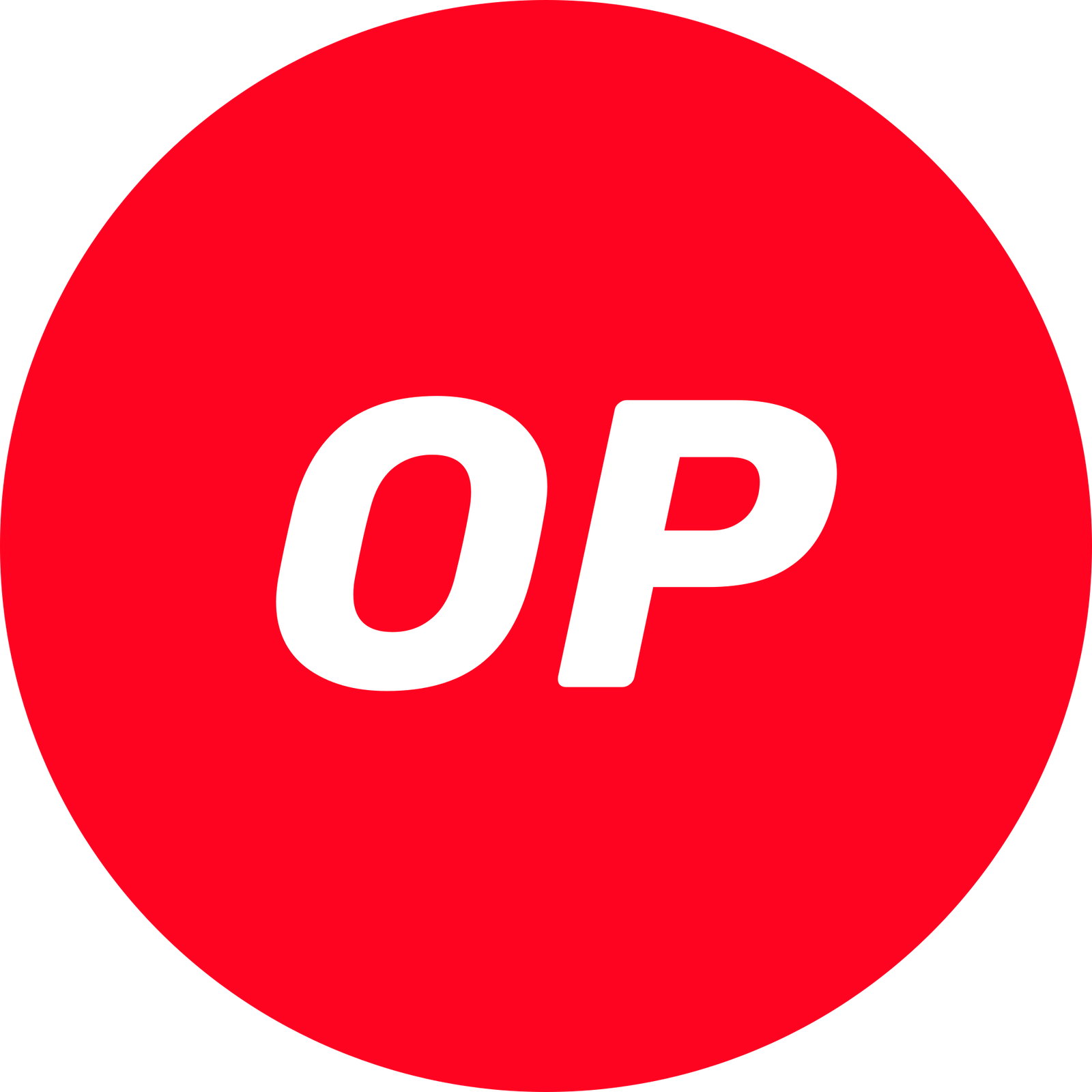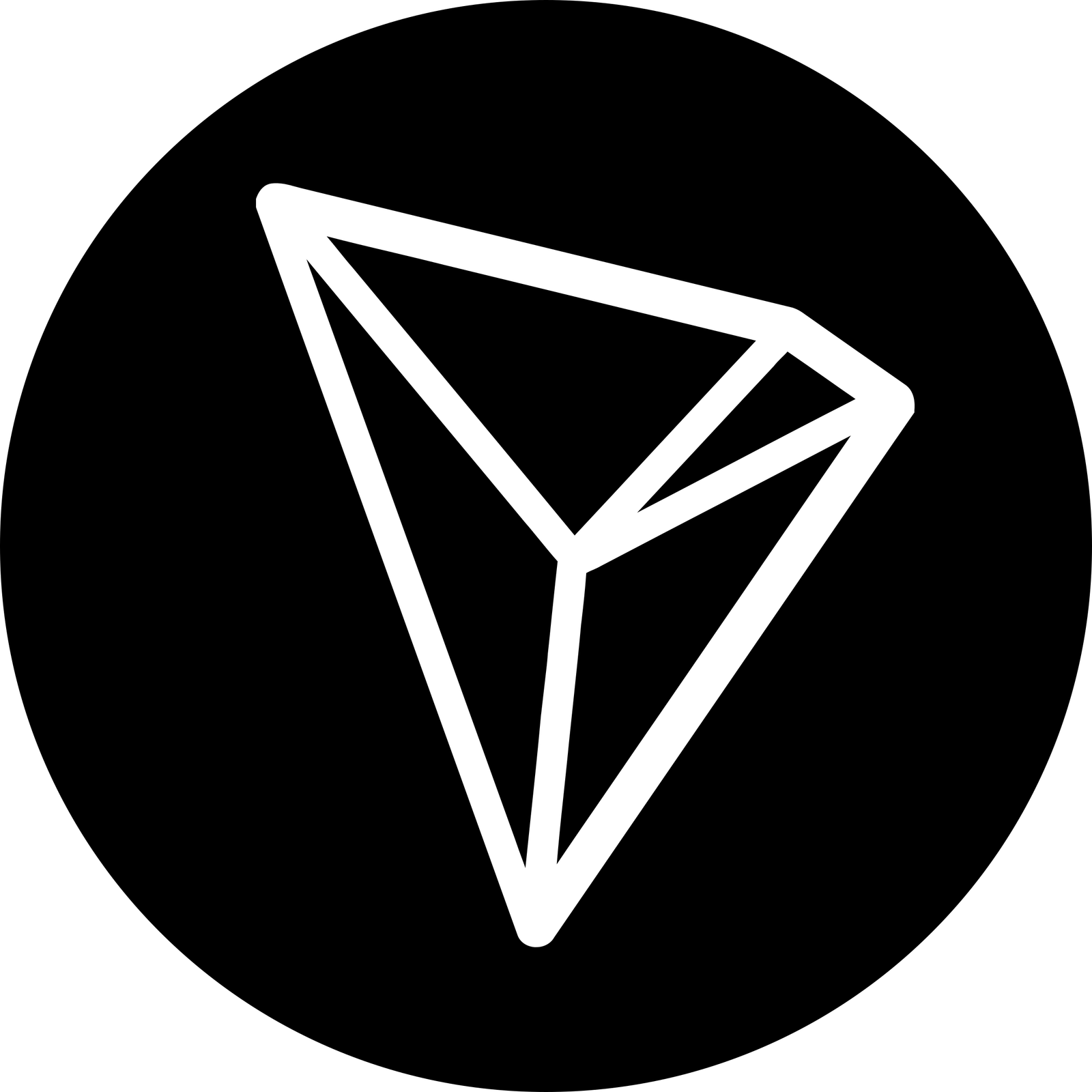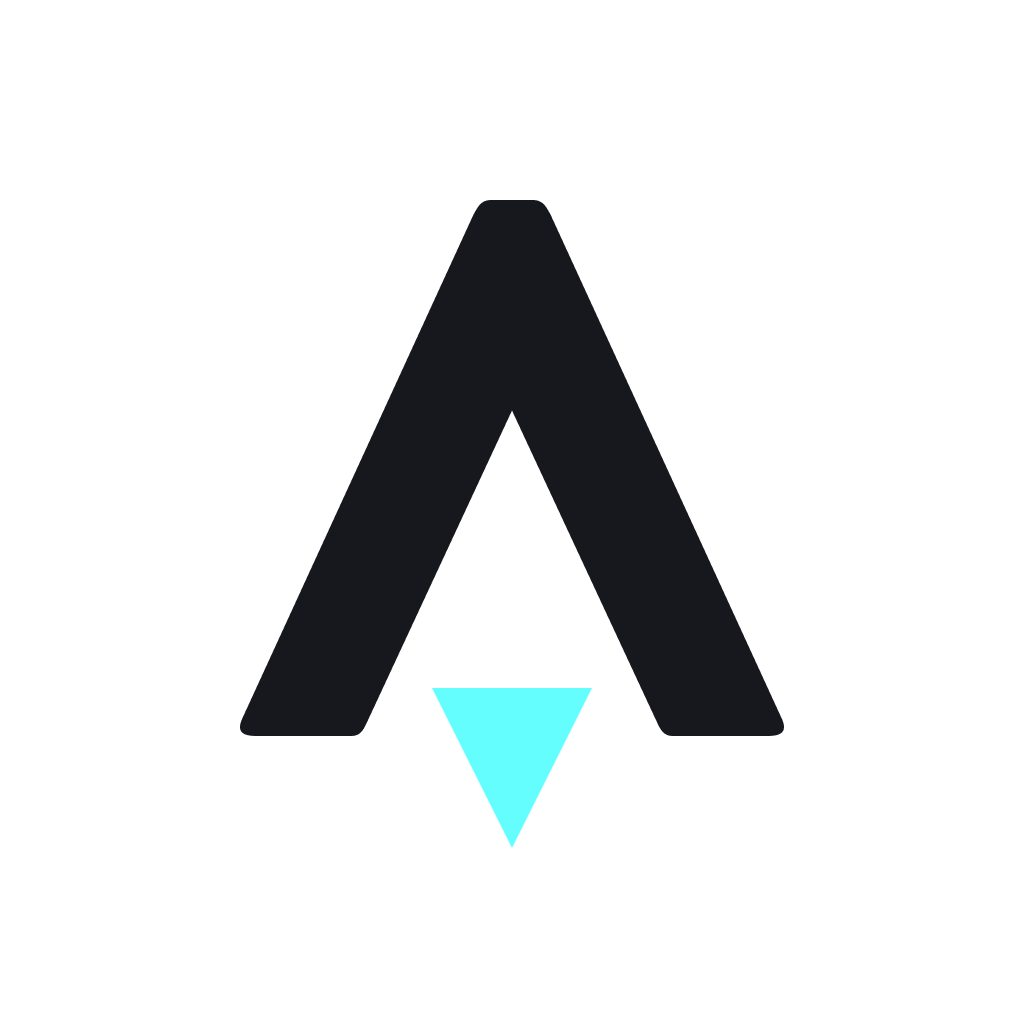Unlocking Power: The Future of Decentralized Governance

Unlocking Power: The Future of Decentralized Governance in Web3
The shift towards a decentralized internet, known as Web3, is reshaping how we interact with digital services and each other. By utilizing blockchain technology, cryptocurrency, and decentralized platforms, we’re witnessing a fundamental transformation in industries ranging from finance to gaming and art. This article explores the latest trends and breakthroughs within the Web3 ecosystem, the impact of emerging technologies, and the promising future that lies ahead.
Innovative Developments & Emerging Technologies
The evolution of blockchain protocols is a cornerstone of Web3. Innovations like Ethereum’s transition to Proof of Stake have proven instrumental, drastically reducing energy consumption and enhancing scalability. According to recent reports from sources like CoinDesk, developments in interoperability between blockchains are gaining traction, allowing for seamless transactions across different networks. This is critical in creating a more user-friendly and connected Web3 environment.
Meanwhile, non-fungible tokens (NFTs) are taking on new life beyond digital art. Platforms like OpenSea are now supporting diverse applications, from NFT ticketing for events to loyalty programs in retail. Additionally, decentralized finance (DeFi) is experiencing its own renaissance, with protocols like Aave allowing users to lend and borrow assets without intermediaries. The trend towards integrating artificial intelligence (AI) into these systems is also notable; for example, AI algorithms can optimize trading strategies in DeFi, showcasing a future where intelligent automation enhances decision-making in decentralized finance.
Blockchain and Crypto in the Mainstream
As cryptocurrency and blockchain technologies become more ingrained in mainstream industries, the implications are profound. Financial institutions are now exploring blockchain for its potential to streamline operations and reduce fraud. Research from CoinTelegraph highlights how companies like Goldman Sachs are moving towards crypto integration, indicating a shift in how traditional finance views these technologies.
Moreover, decentralized platforms are reshaping user engagement and trust. The rise of social tokens, where communities can create shared resources and currencies, is an example of how power dynamics are shifting. Projects that leverage these decentralized models can create robust communities around shared interests, providing a more equitable structure compared to traditional corporate models.
Web3 and Gaming
The intersection of Web3 and gaming is perhaps one of the most thrilling areas of development. Blockchain-powered games, such as Axie Infinity and The Sandbox, are redefining player engagement by allowing ownership of in-game assets. Players can trade these NFTs in secondary markets, creating real economic value from their gaming experiences. This not only empowers developers by giving them new monetization avenues but also affords players a deeper connection to the games they love.
Additionally, the advent of play-to-earn models is democratizing game economies. As more players participate and earn through their skills, we’re likely to see gaming as a legitimate income source for many. This also raises questions about the sustainability of these models and emphasizes the need for a balance between profitability for developers and fair economics for players.
The Role of Decentralized Autonomous Organizations (DAOs)
Decentralized Autonomous Organizations (DAOs) are revolutionizing governance within the Web3 space. These blockchain-based entities allow for collective decision-making without the need for centralized authority. As outlined by platforms such as DAOstack, DAOs can manage resources, govern communities, and even fund projects democratically.
The evolving structures of DAOs hint at a future where organizations can operate more transparently and inclusively. They allow anyone with a stake in the system to participate in governance processes, potentially leading to more innovative and responsible outcomes. As more businesses adopt DAO principles, we may see a fundamental shift in what it means to be a stakeholder in an organization.
A Vision for the Future
Looking forward, the potential for Web3 to further reshape digital experiences is immense. As the metaverse evolves into a fully-fledged digital realm where users can interact, create, and trade, the integration of immersive technologies like virtual and augmented reality is set to redefine how we express ourselves online. Projects that bridge these technologies will likely create new opportunities for artists, musicians, and creators, leading to a richer cultural tapestry.
The convergence of AI, VR/AR, and decentralized technologies can also usher in an era of highly personalized digital experiences. Imagine crafting a digital identity that is owned and controlled by you, with each interaction tailored to your preferences across multiple platforms. This scenario may sound fantastical today, but it is well within the realm of possibility as Web3 continues to mature.
Conclusion
As we venture further into the realm of decentralized governance and the broader Web3 ecosystem, it is clear that the innovations emerging today are merely the harbinger of change. From blockchain advancements to the exciting integration of AI and immersive technologies, the landscape is ripe with opportunities. By staying informed and participating in this growing decentralized digital environment, we can all contribute to a more equitable, accessible, and empowered future.
For those intrigued by the interconnectedness of these developments, reputable sources like The Block, NFT Now, and Decrypt provide a wealth of information on the latest trends, case studies, and futuristic ideas to explore. Embrace the uncertainty and creativity that Web3 offers; the future is wide open.

